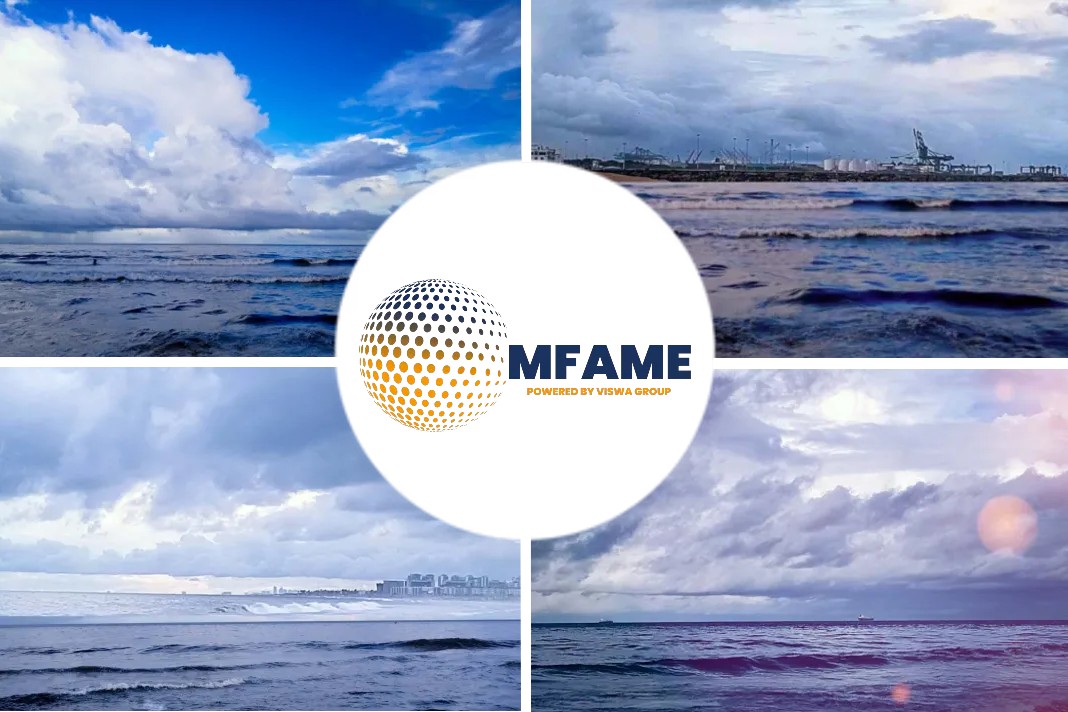
A recent news article published in the Port News states that a joint venture to retrofit a Newcastlemax bulk carrier for the reduction of CO2 emissions.
Smart decisions for a faster decarbonization
A joint venture between AURELIA, NEPA and ALOFT SYSTEM demonstrates how to combine innovative solutions and smart decisions for a faster decarbonization of the shipping industry, according to AURELIA’s release.
Rigid sails, solar panels, and batteries, together with optimized weather-routing and a smart decision support system, developed by HMC, to make a green future closer.
A budget of USD 10 million by 2023 to meet retrofit program to comply with CII index for a 205 DWT Bulk carrier having Category D for the coming years.
NEPA is interested in giving an impact in zero emission shipping and for that purpose the cooperation was set-up with AURELIA, as naval architecture designer, for the retrofit of a Newcastlemax bulk carrier & with ALOFT SYSTEMS, as experts in sails and advisor for weather-routing.
The challenge of this Bulk Carrier Newcastlemax is to meet EEXI and the CII index for the reduction of CO2 emissions.
The vessel used is a 203,000 DWT bulk carrier with a length of 300 m, a beam of 50 m and a range of 24,500 nautical miles.
AURELIA provided a solution overview to comply with the CII index based on 5 annual sailings between Brazil and China.
Complying with CII index
To comply with CII index, AURELIA proposes to the shipowner two investments steps: 1) Investment to be done by 2023: Solar panels, batteries and installation of SafePlan software developed by HMC (HYDROGRAPHIC AND MARINE CONSULTANTS) BV. 2) Investment to be done by 2025: 6 Rigid sails of 30 m height.
Starting point: AURELIA has developed a CII calculator used to assess the current status of the vessel. Therefore, CII level of the vessel is D, then it was necessary to take action to bring the vessel into compliance.
AURELIA’s design consists of retrofitting the vessel with solar panels, batteries and installation of a Management Science application & decision support system, called SafePlan software developed by HMC BV.
Marine Solar Panels and Batteries: to reduce the hours in service for the auxiliary engines. Taking advantage of the free area on deck. Solar panels for hotel load during day light sailing with a surplus of power to recharge the batteries, which are used for hotel loads during the night-time navigation.
The full deck area, including hatch covers, is fully equipped with solar panels for a peak power of 1MWh. The surplus of energy that is not consumed will be made available to charge the battery bank.
A fully charged battery bank will be reached in about 12 hours. Output of the 660 batteries for 12 hours will be about 550 kW. CO2 emission reduction is 6.1%, which represents 3305 tons of CO2-reduction per year.
After the first major investment in installing the solar panels, the MGO fuel reduction is 97.5%. Fuel costs reduction will be 12.5%, which nowadays represents USD 1,287,900.00 per year.
To this value needs to be added the fuel costs saving thanks to SafePlan HMC software, which is between 3% and 5%.
Generators are mainly replaced by batteries
Therefore, the generators are mainly replaced by batteries, solar panels and SafePlan software for CII index reduction.
By the beginning of 2025, a second major investment should be required by installing rigid sails for assisting wind propulsion and switching from fossil to biofuels for further emission reductions.
Aurelia design reached 1237 KW with 67% Operational per day. After the second major investment, the CO2 emission reductions is 10.3% or 5560 tons of CO2 reduction per year.
Fuel costs reduction will be a further 16.3% which nowadays represents USD 1,686,720.00 per year.
To these values needs to be added the fuel costs saving thanks to SafePlan HMC software, between 3% and 5%.
Sails are using the already available wind at sea to provide effective propulsion power to the vessel. With this in mind, the load of the main engine (2T) will be lower, reducing the fuel consumption.
The sails will be installed on the main deck between/aside the hatches to avoid shadows on the solar panels.
The use of sails reduces the consumption of fuel and the emissions.
It is strongly recommended to optimize the route of the vessel, especially for large distances, to take as much wind as possible to support the propulsion of the ship.
Trainee courses are provided to the crew and constant updates are going to be available.
Did you subscribe to our daily Newsletter?
It’s Free! Click here to Subscribe
Source: Port News





















